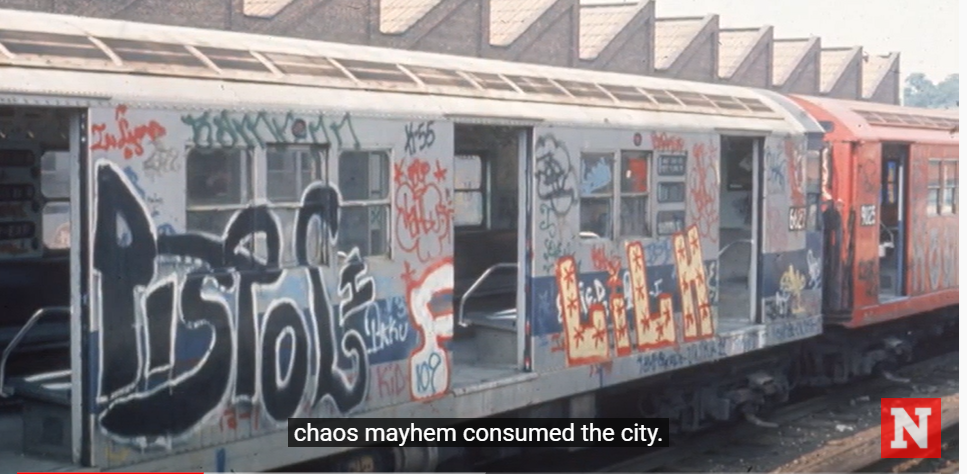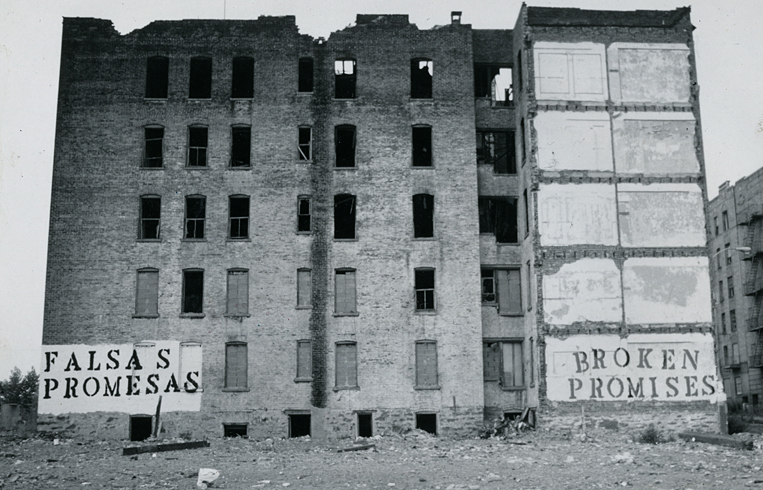No one who has ever seen it can forget the video of a hungry rat dragging a slice of pizza down a flight of stairs in the NYC subway in 2015. The subway’s labyrinth of entrances, sub-levels and tunnels can be terrifying. It is hidden, noisy, dirty and chaotic. During off-hours it can be isolating and producing an immediate instinct to flee. Even when trains are more crowded the constant apprehension of predatory criminals still evokes those same feelings. Currently, the subway system brings back memories of the 1980’s when crime was rampant and fear prevailed. Subway crime has once again become a pestilence dragging New York City straphangers down those same stairs like a slice of pizza.
Does the average rider feel safe in the subways? Recently, there has been a spree of violent crimes in the subway system. Dozens of people have been slashed and stabbed in the last few months. On one day alone this month four people were slashed within a matter of hours.
Nevertheless, and despite the conspicuous increase in subway crime, on April 18, NYC’s delusional Mayor Bill de Blasio stated “regular everyday New Yorker’s know that the subways are safe”. But since the Mayor rides the train for one stop on the safest line in the city with a police escort for a photo-op, his perspective is understandable.
In 2021, subway crime has reached a point where it is now a major campaign issue in the NYC Mayoral election with the Guardian Angels, a civilian watch group founded in 1979, once again patrolling the subways after a 20-year hiatus.
On May 18 mayoral candidate and Guardian Angel founder Curtis Sliwa rode the #4 train–which he called “the slasher express”–for 24 hours to highlight the recent string of slashings. Sliwa challenged other mayoral hopefuls to do the same insuring them, “Come ride with me! I’ll protect you.”

Having conducted hundreds of investigations in the NYC Correction Department, I can tell you that slashings and stabbings are very common among Rikers Island inmates. A razor or scalpel is their weapon of choice and prisoner attacks are regular occurrences. And like other trends that started in jails, i.e., wearing pants far below the waist and sneakers without shoelaces, slashings and stabbings have found their way outside and underground more often now.
What are some of the factors that have led to this situation? In January of 2020 the new New York State bail reform laws took effect, releasing thousands of people arrested for both misdemeanors and felonies back to the community without bail after the arraignment of their criminal charges. Then when the Covid19 pandemic occurred thousands of inmates were released from Rikers Island who would have remained in jail under normal conditions. Both events resulted in more crime in NYC communities and subways, including slashings and stabbings.
When crime is prevalent and citizens are afraid and don’t think the police can protect them some begin to arm themselves and may become the kind of vigilante reminiscent of Charles Bronson’s character in Hollywood’s “Death Wish”, or real life Bernie Goetz who in 1984 shot four teens on a Manhattan subway during an attempt to rob him. Subsequently, he gained celebrity status and public support for his actions and was ultimately acquitted of attempted murder.
In addition, while the ordinary citizen is clamoring for more police protection, there is a far-left political fringe that supports an anti-police agenda, calling not only to defund the police but who is also against adding more police officers in the trains and on platforms. Moreover, as a result of anti-police rhetoric, diminished support from City Hall, concern about internal discipline and potential criminal liability during encounters with citizens, police officers are less eager to take proactive action to fight crime. Given all these crucial factors, it is no coincidence that criminality in the subways is up.

The question is, should NYC aggressively approach subway crime. In the 1990’s Jack Maple, both a former NYC Transit Police Lieutenant and Deputy Police Commissioner for Crime Control Strategies under Police Commissioner Bill Bratton, coined the term, “broken windows theory”, meaning that if police enforce the law pertaining to minor crimes, (i.e. a broken window) it will prevent major crimes. More specifically, after making an arrest for a minor marijuana offense or turnstile jumping, many times the suspect would have a criminal warrant or be in possession of a gun. That strategy was instrumental in reducing subway crime. Homicides in NYC dropped from over 2000 per year to 600 during Maple’s tenure.

This police strategy, like aggressive use of stop-and-frisk methods, has not been embraced by Mayor Bill de Blasio. As a result, many minor crimes go unpunished and many dangerous predators continue to ride the subways.
When all these factors are taken into consideration: the no “broken window” policing strategy, reduced use of stop-and-frisk, NY State’s liberal bail reform laws, reduction of police officers on trains and platforms, releasing violent prisoners due to the Covid pandemic, NYC’s political anti-police agenda, calls to defund the police, elimination of the anti-crime units, lack of respect for police by far left politicians, police hesitancy to take proactive action, loss of confidence in city government, and low morale among police officers, is it little wonder that we now have more subway crime?











